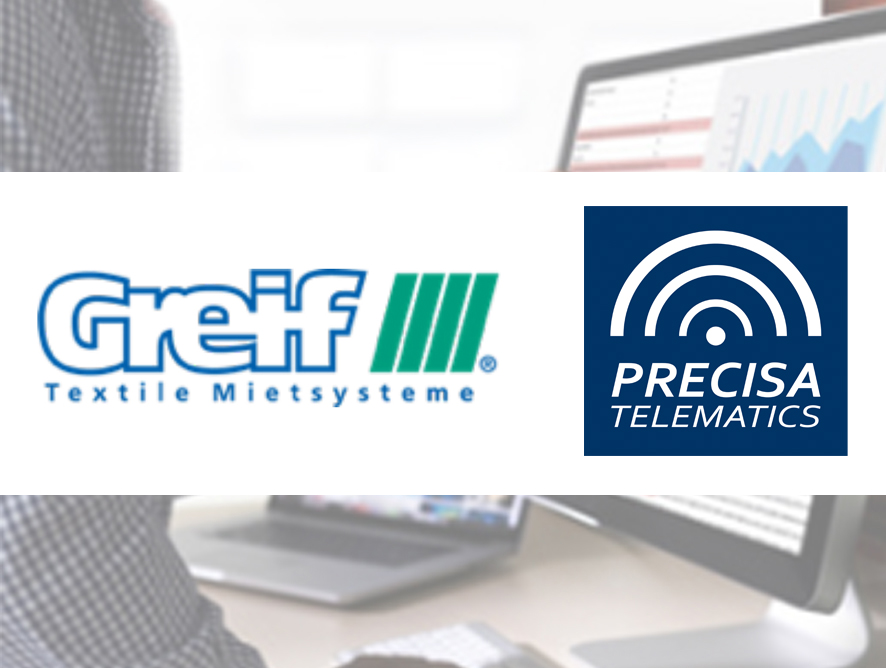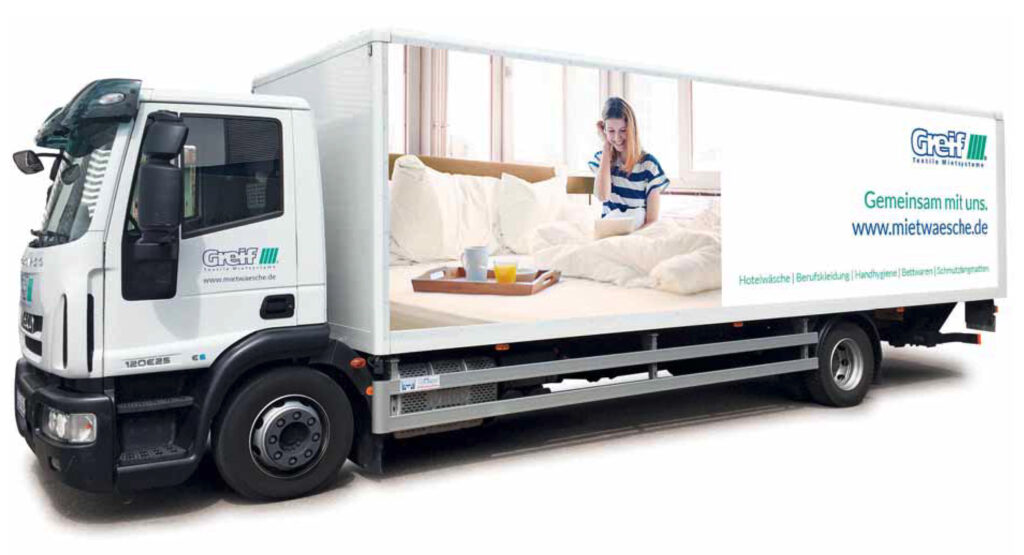News

TACHOfresh®
Press release
04/18/19
Rest periods under control
Telematics from Precisa supports the Greif Group in controlling driving times – improved route planning
When it comes to drivers’ driving and resting times, it can quickly become expensive to exceed the legally prescribed times. The Greif Group is also aware of this and has therefore introduced a telematics solution. “If we can only use the system to prevent an administrative offence – such as exceeding driving times – then it has already paid off for us,” says Martin Leszynsky, fleet manager in Eggenfelden and also responsible for telematics at the Greif Group. Two years ago, the fleet managers of the fourth-generation family-run company therefore decided to test two telematics systems. After one year of trial operation, they connected the entire fleet to the Precisa Telematics system based on a TACHOfresh application. “The telematics system gives you a good overview of whether there are outliers because the data can be evaluated immediately,” says Thomas Bauer, Managing Director of Precisa, and shares the view of his customer. “Many haulage companies don’t even know that they can be attacked, especially in the area of their drivers’ working hours”.

Accurate to the minute
After all, exceeding the statutory working hours or failing to comply with rest periods by even one minute could already become expensive. “This costs a five-figure sum,” warns Bauer. And Leszynsky adds: “If the BAG finds, for example, that a driver regularly exceeds his time – for example, because he is only a few kilometres away from the business premises – we can also be quickly audited. And of course this has to be avoided.” Because with a fleet of 155 vehicles it can quickly become expensive. Especially since the company’s drivers with eight locations in Germany travel a lot. They supply hotels in Germany and Austria with rental linen from eight locations in Germany with 12 to 14 ton Mercedes, MAN and Iveco trucks. Another advantage of the telematics solution is the time saved.
The legally compliant downloading of driver data with a USB stick previously cost the fleet managers of the Greif Group too much time. “If we had to manually download the driver data for our vehicles every seven days using a USB stick, this would hardly be feasible,” explains Martin Leszynsky, calculating that each fleet manager needs 20 to 40 minutes per readout process. “Provided the vehicles are in the parking lot at that moment,” adds the fleet manager. “The remote download, i.e. the remote transmission of the mass memory data of the digital tachograph and the driver card, is a legally secure and modern means of fleet management. In addition, Greif employees appreciate the easy-to-use system, which every fleet manager can use intuitively, and the on-site support. “We didn’t want to have an IT specialist at each of our locations who understood and operated the system. With the chosen telematics system, the Greif Group can automatically map and manage its fleet and tours digitally. The drivers do not have to switch it on in the cockpit and do not see their driving behaviour in real time. Only at the end of the shift can they track their route on their company mobile phone.
Minimum IT expenditure
With the new system, the fleet managers at the Greif Group have hardly any IT expenditure. “The data is stored on our server, so the system is cloud-based,” explains Bauer. “The dispatcher or fleet manager is, so to speak, the co-driver. He can see in real time what the driver is doing”. Access to the data by the company is not a problem. “The system is stable,” reports Leszynsky. “We had two minor problems, which were immediately solved by the technician via remote maintenance. Twice a year, Leszynsky and his fleet manager colleagues meet with the system operator to adjust functions if necessary. “We recently had the reporting improved,” says Leszynsky. A selectable checkbox was missing to confirm that the driver had left in Germany. According to EU regulations, this information is necessary.
An important criterion in selecting the telematics solution, in addition to displaying fuel consumption and CO2 emissions, was route planning: “The worst thing for us is not having any data and having to plan routes. Now we have the current driving times available and can use the drivers according to their working hours. That’s why Leszynsky also sees the acquisition of the telematics system as a significant work relief for the drivers. The tours could thus be planned more effectively on the basis of the available data.

Drive economically is worth it
The new system offers even more advantages for the drivers. The Greif Group has concluded works agreements with its employees under which they can receive monthly rewards for economical driving. “We can now see much earlier who is driving economically and for whom it was a little more difficult this month,” says Leszynsky. But if the results are undesirable, the fleet managers look at the vehicle first. After all, increased fuel consumption could also be due to insufficient engine power or a defect. The group also uses the data for its Greif challenges. The amount of fuel savings per location is compared. As a reward, the driver team with the best value may organize a celebration at its location. “Team building is a great side effect of the telematics system,” says Martin Leszynsky.
Source: TeleTraffix (Issue 1 / 2019 from 18.04.2019)
Text: Ralf Johanning
Pictures: Greif-Gruppe